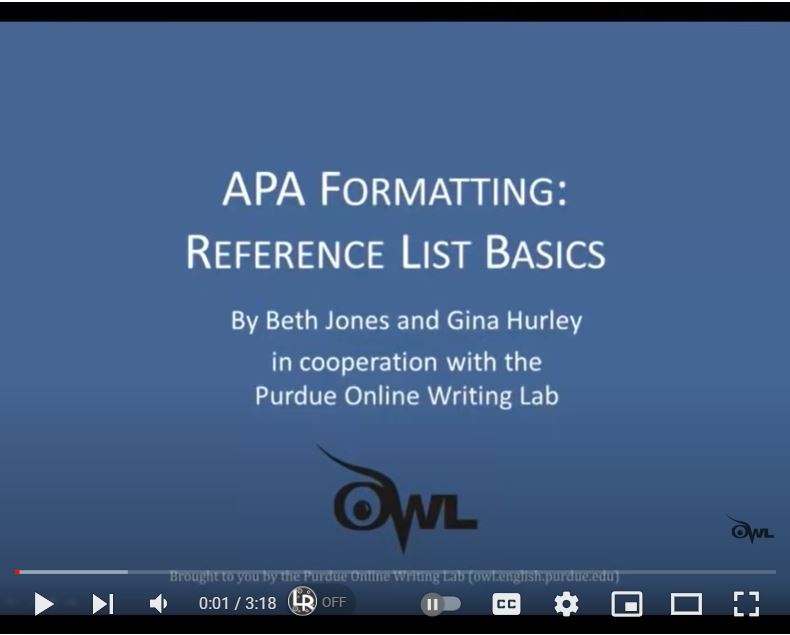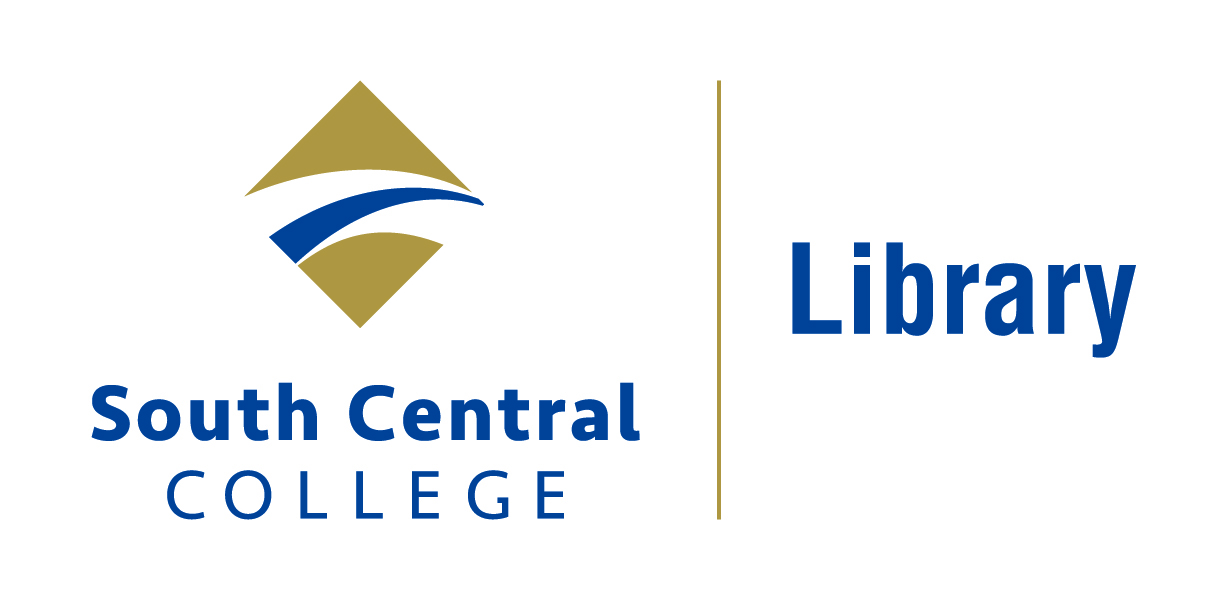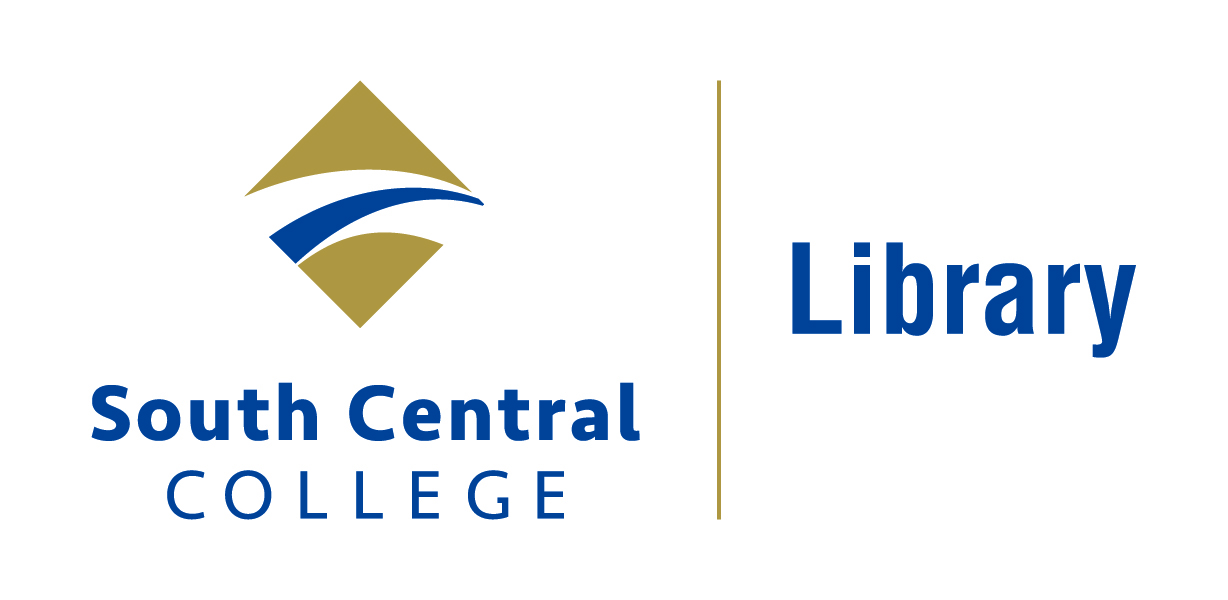Module 7: Citing Your Sources
You made it to the last module! When you have completed this module, you should be able to:
When you research a topic you may use information from articles, books, or the Web to support your ideas. However, you must credit the original authors of these sources by citing them. To cite means that you state where you found the information so that others can find the exact item again. In this way, we build upon the ideas and knowledge of other people.
Tips for researching and citing:
Parts of a Citation
As you do your research, keep a list of your sources -- books, periodicals, and the Web. Below is the type of information you need to write down for a citation with each of its important parts labeled. Remember, too, that the Library Catalog and the article databases you access through the Library will create a citation for you.
Citation Styles
There are a number of different styles or formats for citations. Which style you use depends upon the subject discipline you are working in. If you are uncertain about which style to use, ask your professor.
Each style includes the same basic parts of a citation but may organize them slightly differently. The most common citation styles used at SCC are:
MLA, Modern Language Association: The MLA style is often used by students in languages and English.
APA, American Psychological Association: The APA style is often used by students in the social sciences.
Use these online guides for help on citing a variety of sources:
OWL: MLA Guide
OWL: APA Guide
OWL: Chicago Manual of Style
(All OWL sites produced by the Online Writing Lab at Purdue University)
“MLA Style: List of Works Cited (8th Ed., 2016).” YouTube, 5 Apr. 2017, youtu.be/Qq5Itf5Tg-U. Accessed 20 Mar. 2020.Purdue OWL: APA Formatting:

Reference List Basics. “Purdue OWL: APA Formatting: Reference List Basics.” YouTube, 10 Sept. 2012, youtu.be/HpAOi8-WUY4. Accessed 30 Mar. 2020.
Plagiarism
Plagiarism is presenting the words or ideas of someone else as your own without proper acknowledgment of the source. If you don't credit the author, you are committing a type of theft called plagiarism. When you work on a research paper you will probably find supporting material for your paper from works by others. It's okay to use the ideas of other people, but you do need to correctly credit them.
Five Tips for Avoiding Plagiarism
1. First, use your own ideas. It should be your paper and your ideas that should be the focus.
2. Use the ideas of others sparingly -- only to support or reinforce your own argument.
3. When taking notes, include complete citation information for each item you use.
4. Use quotation marks when directly stating another person's words.
5. A good strategy is to take 30 minutes and write a short draft of your paper without using any notes. It will help you think through what you want to say and help prevent your being too dependent upon your sources.
It's against school policy to plagiarize. Don't let it affect your education! Here is the South Central College Academic Dishonesty Policy.
Copyright
Copyright ensures that the person who created something -- whether a book or a piece of music -- is reimbursed for his or her intellectual work. If there were no copyright protection, there would be no economic incentive to create these works. Look for this symbol to see if a work is copyrighted. ©
A copyright is a set of legal rights that an author has over his or her work for a limited period of time. Copyright covers everything from using images or sound files from the Web to photocopying.
Most information is protected by copyright. The exception is work that is in the "public domain," which can be reproduced or used by anyone. However, you must still credit the author. Some examples of public domain sources:
Practice
Try these practice games to test your knowledge about citation and plagiarism.
MLA Drag and Drop Citation Exercise
APA Drag and Drop Citation Exercise
Conclusion
You have completed Citing Sources and should be able to:
You made it to the last module! When you have completed this module, you should be able to:
- describe when to cite sources used in your work
- recognize different parts of a citation
- list ways to avoid plagiarism
- understand the reasons for copyright
When you research a topic you may use information from articles, books, or the Web to support your ideas. However, you must credit the original authors of these sources by citing them. To cite means that you state where you found the information so that others can find the exact item again. In this way, we build upon the ideas and knowledge of other people.
Tips for researching and citing:
- Take clear, accurate notes about where you found specific ideas.
- Write down the complete citation information for each item you use.
- Use quotation marks when directly stating another person's words.
- Always credit original authors for their information and ideas.
Parts of a Citation
As you do your research, keep a list of your sources -- books, periodicals, and the Web. Below is the type of information you need to write down for a citation with each of its important parts labeled. Remember, too, that the Library Catalog and the article databases you access through the Library will create a citation for you.
Citation Styles
There are a number of different styles or formats for citations. Which style you use depends upon the subject discipline you are working in. If you are uncertain about which style to use, ask your professor.
Each style includes the same basic parts of a citation but may organize them slightly differently. The most common citation styles used at SCC are:
MLA, Modern Language Association: The MLA style is often used by students in languages and English.
APA, American Psychological Association: The APA style is often used by students in the social sciences.
Use these online guides for help on citing a variety of sources:
OWL: MLA Guide
OWL: APA Guide
OWL: Chicago Manual of Style
(All OWL sites produced by the Online Writing Lab at Purdue University)
“MLA Style: List of Works Cited (8th Ed., 2016).” YouTube, 5 Apr. 2017, youtu.be/Qq5Itf5Tg-U. Accessed 20 Mar. 2020.Purdue OWL: APA Formatting:
Reference List Basics. “Purdue OWL: APA Formatting: Reference List Basics.” YouTube, 10 Sept. 2012, youtu.be/HpAOi8-WUY4. Accessed 30 Mar. 2020.
Plagiarism
Plagiarism is presenting the words or ideas of someone else as your own without proper acknowledgment of the source. If you don't credit the author, you are committing a type of theft called plagiarism. When you work on a research paper you will probably find supporting material for your paper from works by others. It's okay to use the ideas of other people, but you do need to correctly credit them.
Five Tips for Avoiding Plagiarism
1. First, use your own ideas. It should be your paper and your ideas that should be the focus.
2. Use the ideas of others sparingly -- only to support or reinforce your own argument.
3. When taking notes, include complete citation information for each item you use.
4. Use quotation marks when directly stating another person's words.
5. A good strategy is to take 30 minutes and write a short draft of your paper without using any notes. It will help you think through what you want to say and help prevent your being too dependent upon your sources.
It's against school policy to plagiarize. Don't let it affect your education! Here is the South Central College Academic Dishonesty Policy.
Copyright
Copyright ensures that the person who created something -- whether a book or a piece of music -- is reimbursed for his or her intellectual work. If there were no copyright protection, there would be no economic incentive to create these works. Look for this symbol to see if a work is copyrighted. ©
A copyright is a set of legal rights that an author has over his or her work for a limited period of time. Copyright covers everything from using images or sound files from the Web to photocopying.
Most information is protected by copyright. The exception is work that is in the "public domain," which can be reproduced or used by anyone. However, you must still credit the author. Some examples of public domain sources:
Practice
Try these practice games to test your knowledge about citation and plagiarism.
MLA Drag and Drop Citation Exercise
APA Drag and Drop Citation Exercise
Conclusion
You have completed Citing Sources and should be able to:
- Describe when to cite sources used in your work
- Recognize different parts of a citation
- List ways to avoid plagiarism
- Understand the reasons for copyright
Congratulations! You have completed the Library Research Tutorial!
Modules Modified from Inver Hills Community College Library Research Modules and others cited in Acknowledgments section
Contact us at library@southcentral.edu
Phone:
North Mankato Campus Library: 507-389-7245
Faribault Campus Library: 507-332-5814
Spring Hours 2026
North Mankato and Faribault Libraries
- Mon-Fri: 8:00 am - 4:00 pm
- Sat - Sun: Closed
Library Staff Tools
Use AskMN live, 24/7 chat service with librarians across the country, and answers most research questions. Average wait time is 1-2 minutes, but during certain times of day, librarians can be very busy! Be informal, but courteous and respectful.


